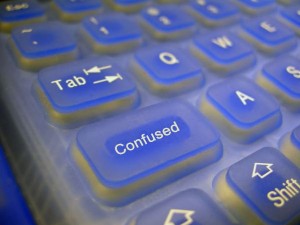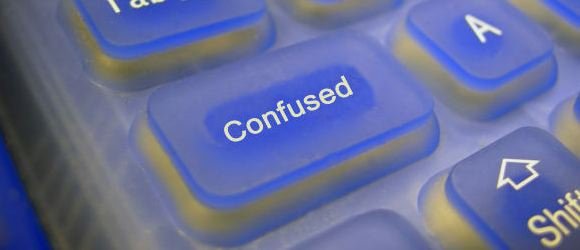3 Reasons to Suspect a Student of Plagiarism

Though there is little doubt that technology has made plagiarism easier for students and, most likely, made it much more commonplace. However, it’s also given instructors powerful tools to detect plagiarism and enforce academic honesty policies.
Despite that, far too many instructors are tip-toeing around the issue of plagiarism and are doing little, if anything, to deal with the issue in their classrooms.
One of the key reasons is that many instructors feel they don’t have the correct tools to deal with the issue. That since their school or class doesn’t use Turnitin or another plagiarism checker, they can’t adequately enforce it anyway.
However, nothing is farther from the truth.
In my experience, the number of cases of plagiarism a school catches every year is determined not by the tools used, but by how much weight they place on the issue and how seriously they treat the matter. Those without dedicated tools can and often do outperform those with them in terms of catching and stopping plagiarists.
The key is to learn how to use your intuition and learn how to look for the warning signs of plagiarism. Fortunately, most of the time they are pretty obvious, if one is simply looking for them.
1. The Sudden Shakespeare (or Moron)
Do you have a student who struggles with the English language and has trouble with complex sentences, grammar, etc.? Did he or she suddenly turn in a nearly perfect essay that was written at a level above what they should be at regardless? You have a reason to be suspicious.
Likewise, do you have a smart, fluent student who suddenly sounds like he or she is in remedial English? Once again, you have a reason to be suspicious.
While a poor student can put a lot of work into a paper and get better and a good student can have a bad day, a sudden change in a pupil’s writing style, especially without any reason, is probably a good reason to probe deeper. It may be a sign that some or all the paper came from somewhere else and, if that use isn’t attributed, it may be a matter you need to deal with.
2. The Formatting of the Paper is Off
Though the writing in the paper is probably the best giveaway that it might be plagiarized, sometimes you can have a reason to be suspicious before reading the first word.
Sometimes a paper can simply look off. Whether it’s the margins being wrong, the font being a strange size/type or the spacing just doesn’t seem to be standard for a submitted paper, if the paper doesn’t look like others submitted by the class or the student, it might be a reason to read more carefully and probe a bit deeper.
The reason is that copying and pasting content from another source often has unpredictable effects on the formatting of the paper. This is because copy and paste often times preserves formatting from the source, be it a Web page or a different document, and that can show up in the submitted paper.
Be especially wary of formatting shifts within the paper itself. If one part or section is a different format than the rest, you may wish to pay special attention to that area.
3. Not Quite the Right Assignment
One of the best ways to thwart plagiarism as a teacher is to ask pointed and detailed questions that can’t be easily researched via Google. Comparison questions are especially good. Where a topic like “Write an essay about Jane Eyre” is likely to provide students with dozens of easy sources to plagiarize, a topic such as “Compare Jane’s plight to that of X” is much more difficult and requires the student to have a much more complete grasp of the works involved.
However, if you ask a pointed question and a student turns in a paper that, while related to the question, doesn’t answer it head on, it may be a sign that they pulled the paper from elsewhere and just did the best they could in finding something relevant.
Students who fail to directly answer questions on essays more likely than others got their work from somewhere else, either an essay mill or regular copy and paste plagiarism. While such assignments usually earn a bad grade regardless of plagiarism, it should be treated as a warning sign that something much worse could be going on than simply poor school work.
Bottom Line
In all the above cases, having a suspicion does not automatically mean that you should accuse the student of academic dishonesty. Instead, it means that the paper is worth a closer look.
The reason that intuition is so power is because, without it, there is no way you can check every paper that comes across your desk, at least not without some (expensive) automated tools or doing a very un-thorough job, However, if you focus your energy on the most likely to be plagiarized papers, you can and often will catch as many, if not more, plagiarists than those solely relying on automated tools.
In short, while automated services are powerful tools and very useful when used well, they’re no replacement for instinct and logic.
On that front, these are just three of the bigger warning signs to look for when reading a student’s paper. Obviously, there are many others out there and one of the best ways to spot them is to simply familiarize yourself with your students and how they write.
If you do that, you should be able to spot when something is amiss, even if you can’t quite put your finger on what’s wrong.
Want to Reuse or Republish this Content?
If you want to feature this article in your site, classroom or elsewhere, just let us know! We usually grant permission within 24 hours.
